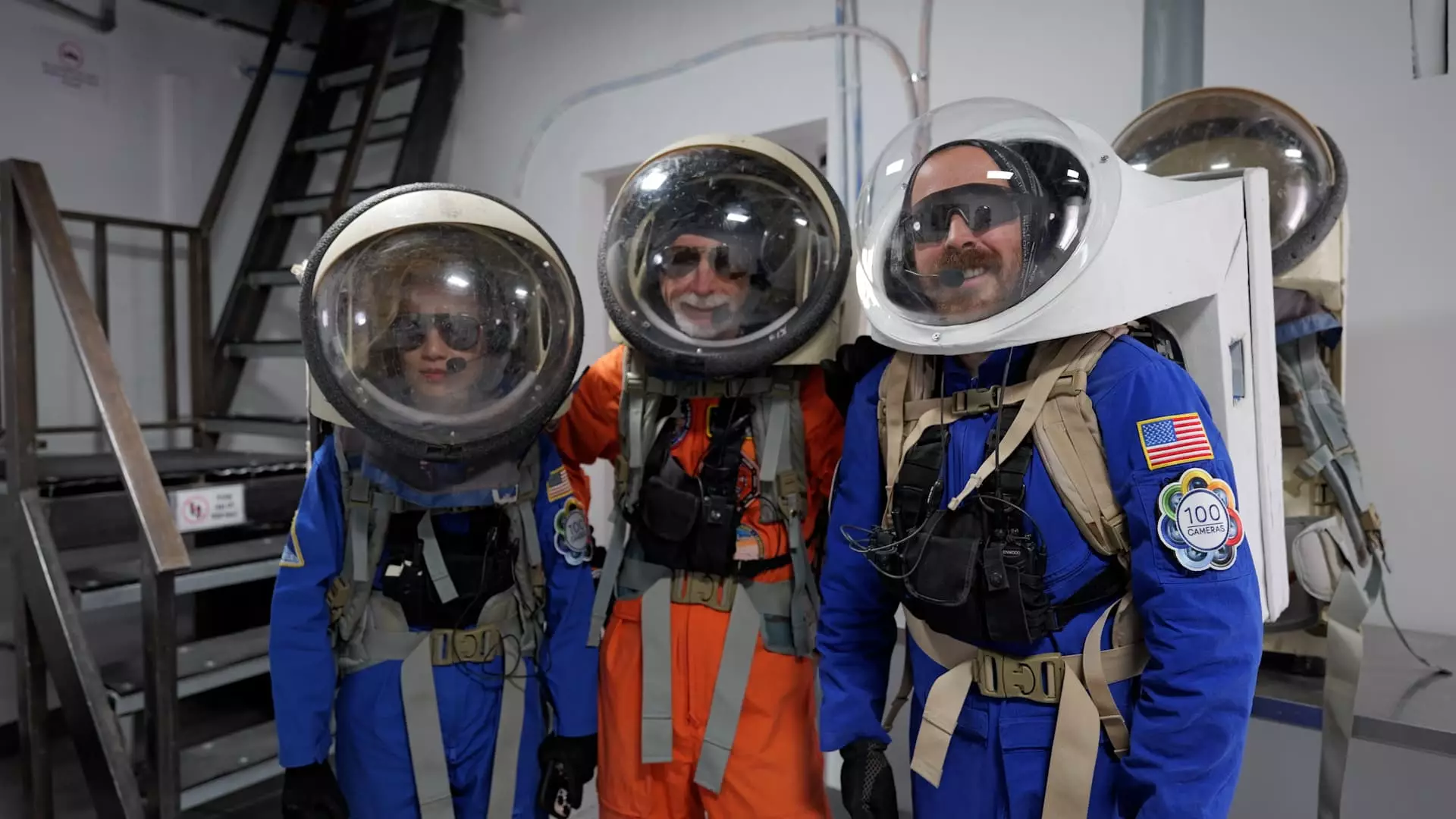While the allure of Mars often conjures images of distant horizons and pioneering spirit, the reality of preparing human colonization is a complex, meticulous process. Analog missions—simulated environments on Earth designed to mimic the conditions of the Red Planet—serve as vital testing grounds. These facilities, often nestled in remote wildernesses like Utah’s desert canyons, offer invaluable insights into the practicalities of sustained human life beyond Earth. Such environments are not mere simulations; they are crucibles where strategies are refined, human resilience is tested, and technological solutions are validated before a single astronaut sets foot on Mars.
The Mars Society’s Desert Research Station (MDRS) exemplifies this effort. Situated miles from civilization, MDRS provides an environment remarkably similar to Martian terrain, enabling scientists and engineers to observe how humans behave and adapt in isolated, harsh conditions. By mimicking daily routines—including meal planning, communication protocols, and physical activities—researchers can identify unforeseen challenges, from psychological stress to technical malfunctions, that might otherwise jeopardize future missions.
Testing Human Endurance and System Reliability in Simulated Martian Missions
The essence of these analog missions lies in their ability to simulate the complexity of real Mars expeditions. Crew members are tasked with performing extravehicular activities (EVAs), maintaining life support systems, and managing resources — all under conditions that distort normal earthly comforts. These activities reveal vulnerabilities in current technology and protocols, illuminating what must be improved for genuine interplanetary travel.
For instance, the recent two-week mission of Crew 315 involved rigorous schedules that integrated scientific research, task management, and simulated emergencies. Such immersive experiences challenge crew members psychologically and physically, forcing them to develop resilience and teamwork strategies essential for survival on Mars. These routines are not just about productivity; they are about cultivating a mental toughness and adaptability that could make or break a future crew stranded on the red planet.
The importance of these efforts becomes even more apparent when considering the ambitious timelines set by visionaries like Elon Musk. While Musk confidently predicts human arrival on Mars as early as 2029, the harsh realities of space travel demand rigorous, incremental testing here on Earth. Analog missions serve as the proof of concept, ironing out human factors and technical glitches before risking lives in actual space.
The Future Begins Today: From Utah Deserts to Martian Realms
Critics might argue that Earth-bound simulations cannot fully replicate the unpredictability of Mars. Yet, dismissing their importance ignores their pivotal role in bridging the gap between theory and reality. These missions force us to confront issues of resource management, psychological endurance, and accident response—elements that are often overlooked in planning but are critical for success.
Furthermore, supporting these pathways to Mars signals a societal investment in human endurance and innovation. Every exercise in protocol refinement, every challenge overcome in the Utah desert, inches humanity closer to making the seemingly impossible—colonizing another planet—a tangible goal. These efforts embody the spirit of exploration, driven not only by technological prowess but by our innate desire to extend the boundaries of human experience.
As we stand on the precipice of interplanetary civilization, these civilisational stepping stones illustrate that Mars is no longer just a distant dream but a carefully mapped route. Harnessing the lessons from Earth-bound analogs, combined with the relentless push by visionaries like Musk, signals a future where humanity’s footprint on another world could become a profound reality.


Leave a Reply